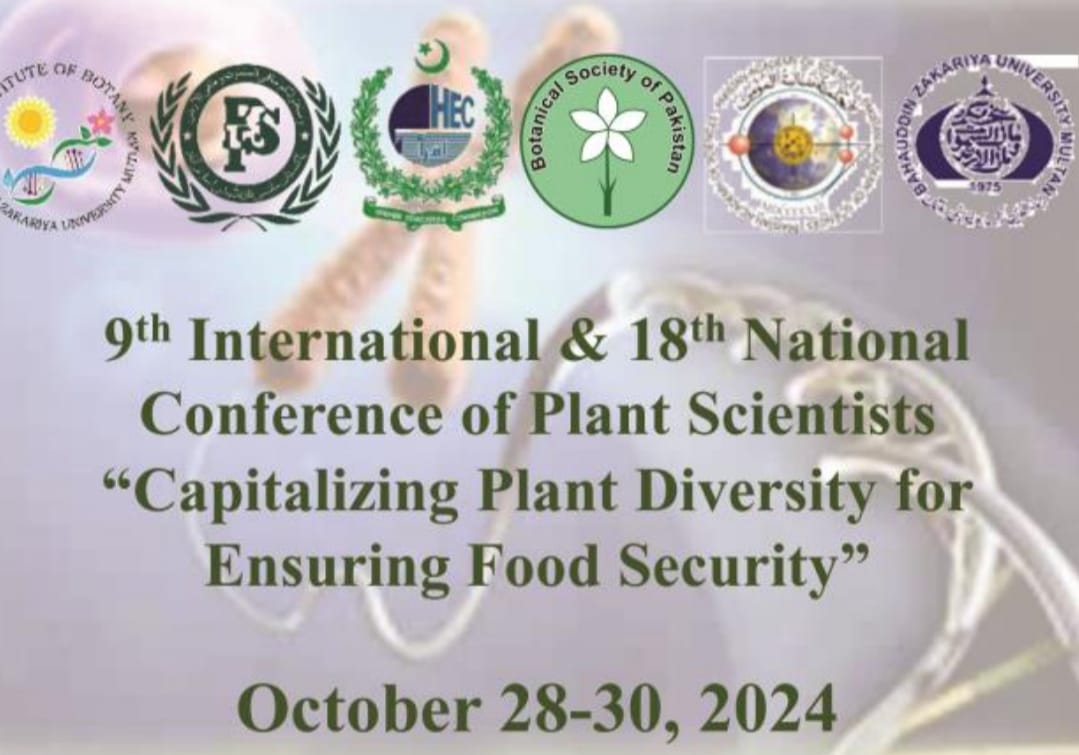PJB-2024-444
Cadmium-resistant fungi identified by internal transcribed spacer gene sequencing on Vicia faba growth in cadmium-contaminated soils
Sherifa Dawoud, Fatmah Ahmed Safhi, Aisha Sharaf-Eldin, Medhat Rehan, Amina M.G. Zedan and Noha A. Sukar
Abstract
Cadmium (Cd+2) is a heavy metal that has harmful effects on plants. This study aims to isolate and assess the effect of inoculation of contaminated soil with selected fungi on the responses of Vicia faba plants to Cd stress. Twelve isolates of fungi isolated from Cd-contaminated soil were screened for their resistance to Cd+2 using the minimum inhibitory concentration (MIC) approach. Four strains having high MIC values (up to 640 µg/ml) were subjected to molecular identification based on internal transcribed spacer (ITS) gene sequencing. The selected fungal strains were Aspergillus flavus, Penicillium rubens, Talaromyces stipitatus, and Trichoderma lixii. Our findings demonstrated that the morphological traits (shoot and root length, shoot and root fresh and dry weight, leaf area) of Vicia faba were significantly reduced under stress of Cd+2 element. Similar trend was observed in antioxidant enzymes [Catalase (CAT), Peroxidase (POD) and Polyphenol oxidase (PPO)] and chlorophyll a and b content when compared to un-stressed plants. Cd+2 caused chromosomal aberrations and a substantial boost in proline level. Nevertheless, inoculation with fungal strains mitigates the adverse effect of Cd on plant growth at the morphological, physiological and genetic levels compared to non-inoculated plants. Eventually, the inoculation of fungus into Cd-contaminated soil significantly enhanced plant growth and minimized the negative side effect of Cd
To Cite this article:
Dawoud, S., F.A. Safhi, A. Sharaf-Eldin, M. Rehan, A.M.G. Zedan and N.A. Sukar. 2025. Cadmium-resistant fungi identified by internal transcribed spacer gene sequencing on Vicia faba growth in cadmium-contaminated soils. Pak. J. Bot., 57(6): DOI: http://dx.doi.org/10.30848/PJB2025-6(31)
Download PDF


